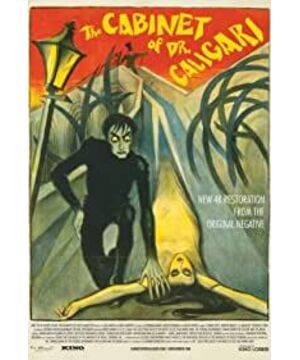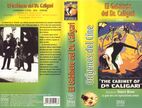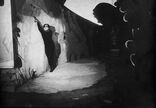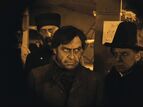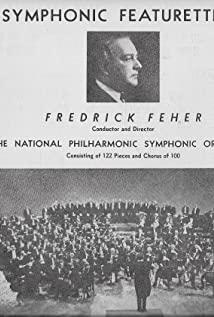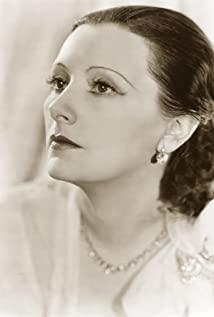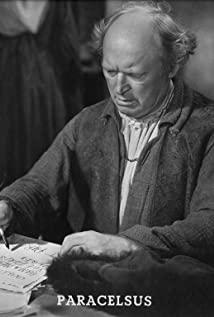The Cabinet of Dr. Caligari has been described as the first feature-length horror movie, and it is easy to see its legacy in modern cinema, but not for the obvious reasons.
Its ingenious set design —still avant-garde in its use of palpably unreal, theatrical environments —is the most striking of its features. Yet it is other, more subtle elements of Robert Wiene's groundbreaking psychological thriller that have become fixtures of movie storytelling.
The “ unreliable narrator ” had long been a staple of literature, since the time of the ancient Greek dramatist Aristophanes , but it had yet to be used in cinema. Caligari pioneers the use of this device in the character of Francis (Friedrich Fehér). The story Francis tells starts, innocently enough, with a love triangle, as two friends compete for the affections of the same woman— but of course, all is not as it seems.
The movie's screenwriters, Hans Janowitz and Carl Mayer, originally wrote the story as an indictment of Germany's government during World War I, with Caligari as a straightforward villain causing an innocent to sleepwalk into committing murder . As the movie neared production, however , the story morphed into something more complex, leading to possibly another first for cinema: the twist ending .
Opening the cabinet
Janowitz and Mayer were inspired by an 11th-century story about a confidence-trickster monk who exerted a strange influence over a man in his keep . In their screenplay, the monk became a doctor, whom Francis and his love rival Alan (Hans Heinrich von Twardowski) encounter at a village fairground. Dr. Caligari (Werner Krauss) first appears as a fairground showman who opens his so-called cabinet— a coffin by any other name—to reveal the ghostly, heavy-lidded Cesare (Conrad Veidt) lying within.
Caligari, Cesare's “master,” claims that his charge “knows all secrets” and invites the audience to ask a question. A visibly shaken Alan asks, “How long shall I live?”—to which Cesare replies, “Until dawn.” And here we see another example of a horror-movie device lifted from countless tales: the fool who tempts fate . The unfortunate Alan is found dead the following morning.
Expressionist style
The look and style of the movie were heavily influenced by the legendary Max Reinhardt, director of the Deutsches Theatre in Berlin. His antirealist style, itself inspired by the Expressionist art movement of the early 20th century , embraced the artificiality of the theater set and manipulated darkness rather than light to create swathes of chiaroscuro , establishing an atmosphere of mystery and unease.
Wiene carefully employs lighting to suggest that this is simply an outlandish melodrama —a notion reinforced by the frequent use of sinister close-ups , mostly of the seemingly insane Caligari, to persuade his audience that they are watching a straightforward hero-and-villain story . Yet when it is revealed that no character's perspective may be taken at face value , suddenly the strange, distorted angles and backdrops of the production design begin to make sense. They are an integral part of the story and not simply an unsettling style; the sets by Walter Reimann, Walter Röhrig, and Hermann Warm seem to portray a whole world gone mad.
One reason that The Cabinet of Dr. Caligari has endured is that, anticipating Hitchcock's Psycho, it is the first movie to take audiences inside the mind of a madman . Its resonant horror stems from our fear of the mask of sanity that even the most disturbed individuals can wear in order to receive those around them.
Robert Wiene
Robert Wiene was born in 1873 in Breslau. In 1913, he wrote and directed a short movie, The Weapons of Youth, which was the first of 20 features and shorts he would make in the silent era. After a prolific movie career in Germany, Wiene fled the Nazi regime in the early 1930s and moved to France. He died of cancer during the shooting of his last movie, Ultimatum (1938), which was completed, uncredited, by fellow émigré Robert Siodmak.
Key movies:
1913 The Weapons of Youth
1920 The Cabinet of Dr. Caligari
1923 Raskolnikow
1924 The Hands of Orlac
Further watching: https://www.bilibili.com/video/BV1wE411n7rR?from=search&seid=8248591229087780428
Repost from: The Movie Book, DK Publishing, 2015.
View more about The Cabinet of Dr. Caligari reviews


